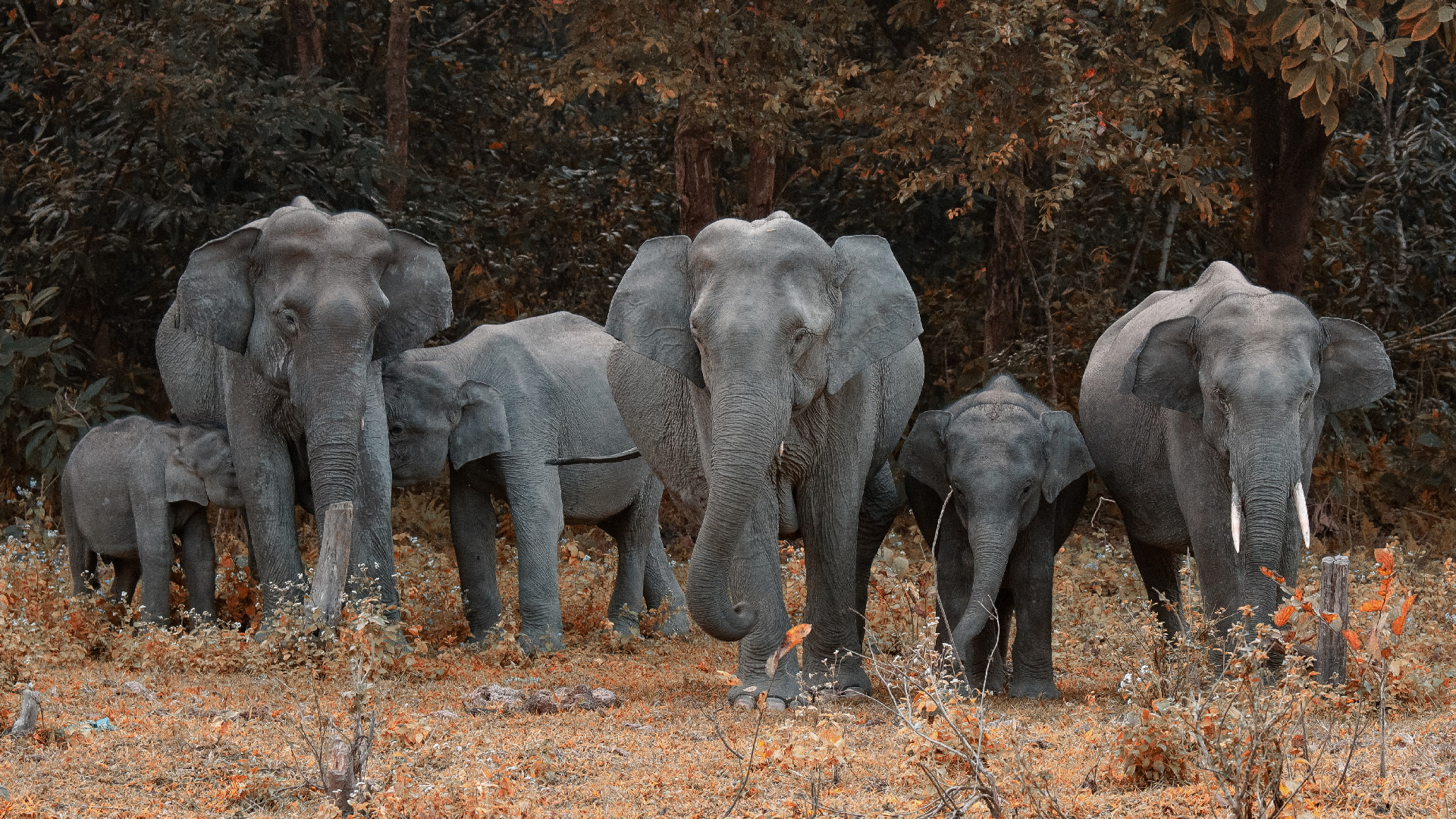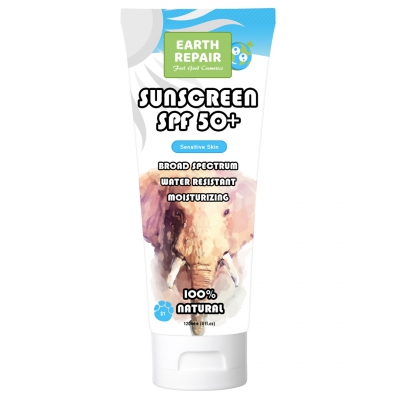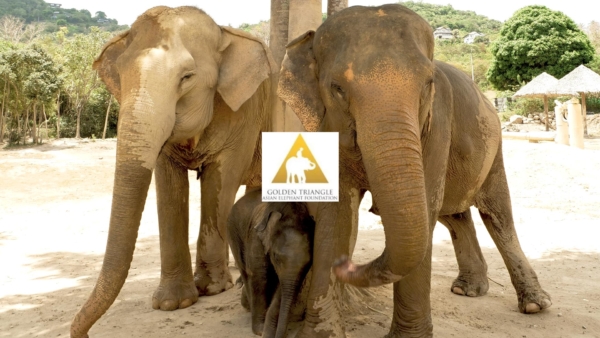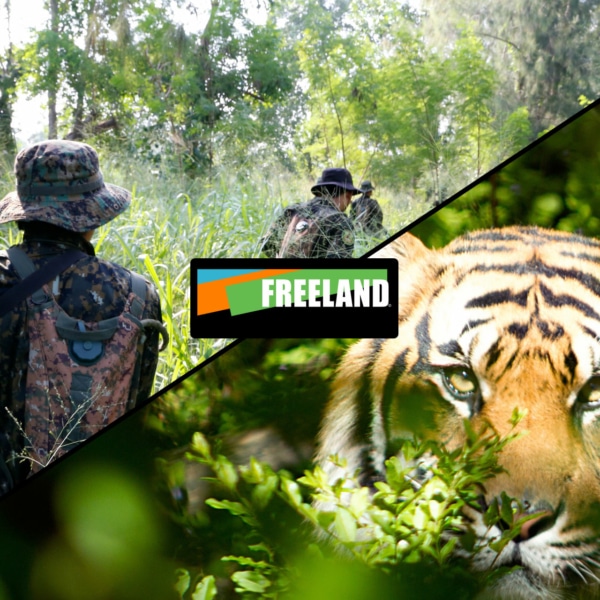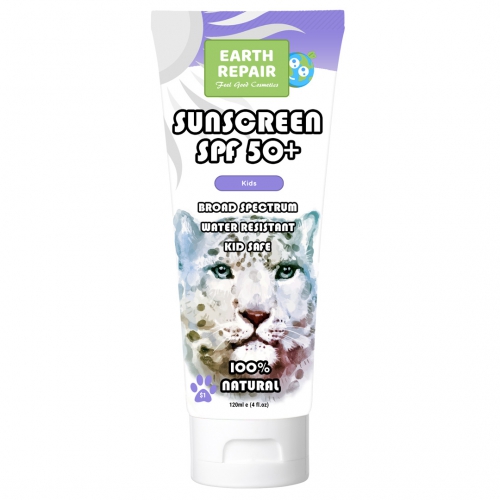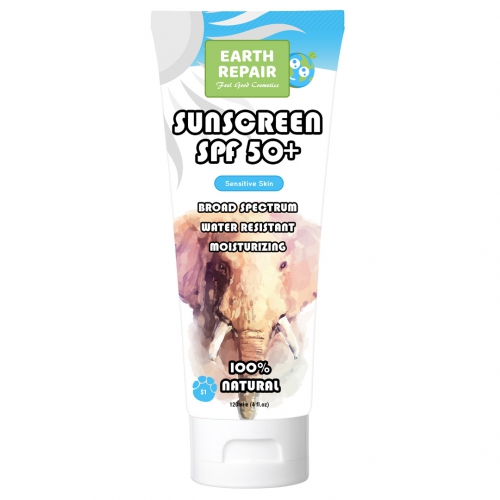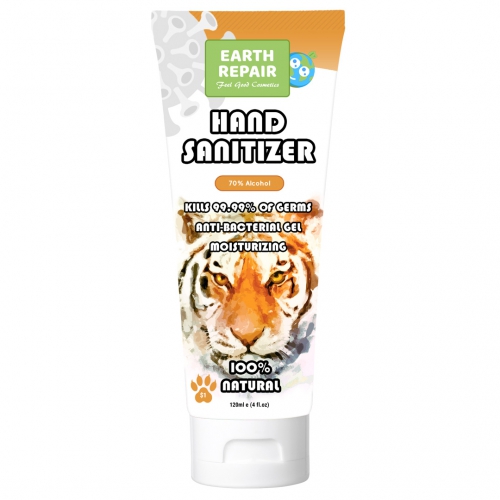Earth Repair & Elephant Sanctuaries
Asian Elephants are under constant pressure and danger in places like Thailand. Habitat loss and the demand for working elephants in the tourist and logging trades are the main reasons their populations are dwindling rapidly. That’s why Earth Repair donations go directly to the rehabilitation of rescued or retired working Elephants and to help keep jungle corridors open for their wilder counterparts.
These enigmatic gentle giants are incredible creatures with an array of evolutionary adaptions and they’ve been around for millions of years in many different forms, remember the Wooly Mammoth, yup that was an Elephant. Now though only the Asian and African elephants survive today, and if we don’t act to help them, it is very possible that an evolutionary tree that started 50 million years ago will come to an abrupt and unnecessary end.
So what do we know about Elephants? Fortunately quite a lot, both captive and wild elephants have been studied extensively. There are still some mysteries to solve but here are some incredible facts to keep you entertained.
Can’t choose your family
You would think Elephants are relatives to other large/grey mammals such as Rhinos and Hippos, but you’d be very wrong. Turns out the closest that elephants have to cousins are Dugong’s and also little furry creatures the size of a rabbit called a Hyrax’s. Each animal shares several characteristics with Elephants; toenails, higher brain function, internal testicles, bone structure and most surprisingly of all – tusks!
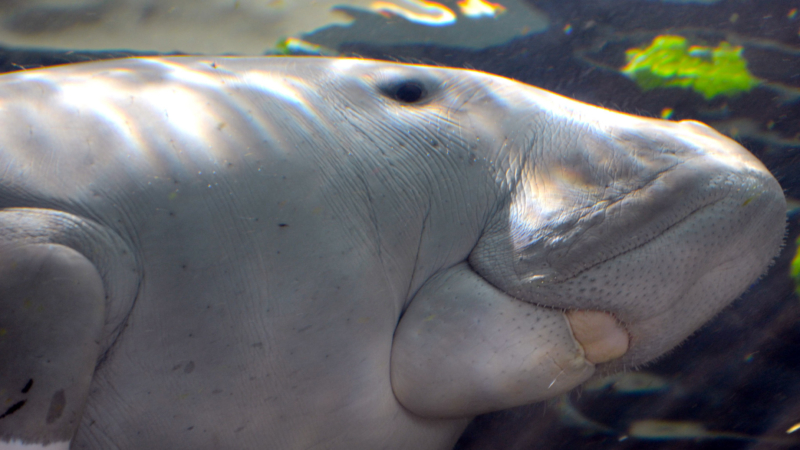
Hyrax’s were once thought to be the Elephants closest living relative to Elephants, but more recent studies give that award to towards Dugongs and Manatees. Visually this makes a lot more sense as we’re back to the large/grey animal theme. Dugongs and Hyrax’s are related because they all share a common ancestor from over 50 million years ago, and evolution has taken each of those three animals down very different evolutionary paths. So for now, the closest living relative to an Elephant on land is the size of your cat, and in the water it’s a Dugong.
Surprisingly Sensitive Skin
Elephants are called pachyderms which comes from Greek language and translates to ‘thick skin’. Although Elephant skin can be as much as 4cm thick in places and weigh as much as 900kg in total, it is surprisingly sensitive. An elephants skin looks dry and tough, but is very soft to the touch even though it contains and holds very little moisture.
Elephants regularly have to cover themselves with mud and dust to deter pests, keep themselves cool and protect themselves from the sun (UV Light). Elephant’s can even suffer from sunburn so that is why our Earth Repair – Sensitive Skin SPF 50+ Sunscreen features an Elephant on the front. They are essentially our sensitive skin sunscreen mascots and if an Elephant mum could buy it, I’m sure they would prefer that to mud from crocodile infested watering holes.
- Type: Sunscreen
- SPF: 50+
- Water Resistant: 40 – 80 Min
- Natural: 100%
- UVA:
- UVB:
- Mineral:
- Reef Safe:
- Moisturizing:
- Recyclable:
- Kid Safe:
- Cruelty Free:
- Vegan:
- Gluten Free:
- SLS Free:
- Silicone Free:
- Non Oily:
- Non Sticky:
- Non Whitening:
- Hypoallergenic:
Even more interesting is that the wrinkles on an elephants skin serve two very important services. Wrinkles increase the surface area and allow water to get trapped between the folds. Greater surface area allows more heat loss and trapped water extends the evaporation time after bathing to a factor of 10, to essentially keep them cooler for longer. Very important traits for an animal that only possesses a few sweat glands, which are bizarrely located on the feet.
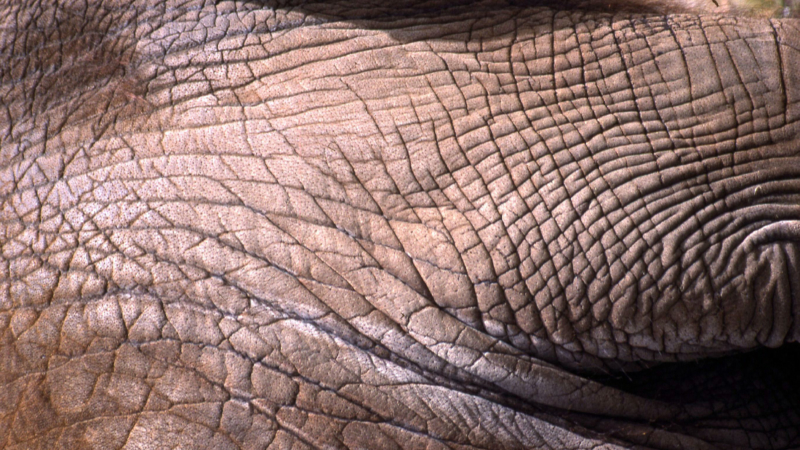
In recent times, elephants skin has become the main reason behind poaching in Asia. Jewelry is actually fashioned from the skin, when dried the blood vessel rich subcutaneous layer produces red, glass like beads. The Chinese Traditional Medicine trade creates demand for powdered elephant skin which is thought to treat various ailments, though this has absolutely zero scientific evidence to support it.
The Ultimate Multi-Tool
The standout feature of an elephant apart from them being immense, is their trunk of course. An incredible evolutionary blend of upper lip and nose that has to be the most useful appendage that any animal possesses. An Elephants trunk has over 100,000 muscles that work together to do almost anything, for comparison the entire human body has less than 700 muscles. It gives the elephant a huge advantage when it comes to feeding as it can dig up roots from the ground or pluck leaves from as high as 7m up in the tree tops. Elephants need a wide range of feeding opportunities each day because they can consume up to 10% percent of their massive 4,000 kg bodyweight in a single day.
At the tip of the Asian Elephants trunk is one very dexterous ‘finger’ like appendage (African elephants have two). Enabling the elephant to manipulate individual blades of grass, pluck fruit from tree’s, and even make fly swatters from branches. The trunk is also incredibly strong, an Elephant is capable of lifting objects weighting over 300 kg just with its nose!
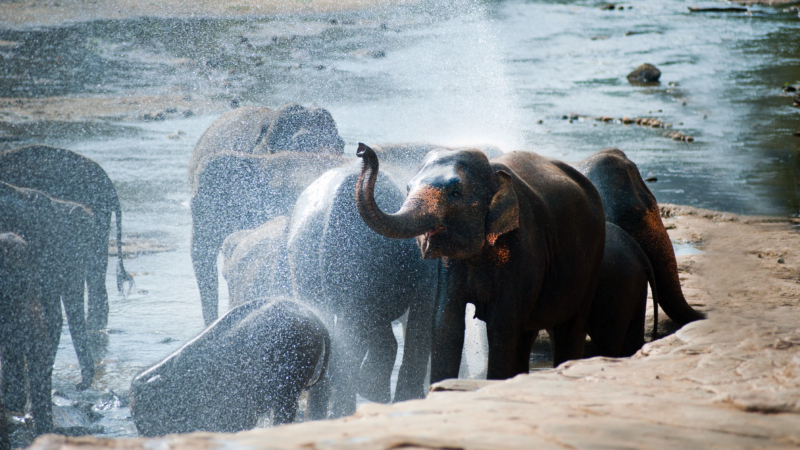
As you would imagine with such a large nose comes an amazing sense of smell, thought to be the best of all the mammals and twice as good as a dogs. An elephant can smell water or food from over 20km away and can even distinguish how much food is available, essentially counting by smell. Elephants are also, the only animals that have been proven to be able to make such a distinction. Not that surprising, considering an elephant has nearly 2,000 olfactory reception genes compared to a bloodhounds measly 811.
Lastly, to dispel a common misconception, an Elephant doesn’t directly drink through its trunk. Up to 2 liters of water at a time is sucked up and then sprayed into the mouth or over its back for a refreshing shower!
Always Talking But Seldom Heard
Elephants are surprisingly quiet creatures. They can be extremely noisy if they’re excited or afraid but generally they move through the forest in total silence. However that doesn’t mean they’re not communicating. Elephants can produce a wide range of sounds including low frequency infra-sound that is inaudible to other animals. These low frequency sounds can travel for many kilometers and keeps family groups in touch over wide areas.
Incredibly the elephants can also pick up the infrasound through soft fatty pads in their feet and the sensitive trunk tip. Seismic communication is even more effective and messages can be picked up from as far as 20km away.
Cool right?
Landscape Engineers
Elephants are a keystone species. Their immense size and strength allow them to completely change the landscape the live in and create more diverse habitats for other animals.
- Bathing and mud wallowing expand and deepen waterholes so they will last longer into the dry seasons.
- Footprints turn into small puddles for other animals to drink from and even for frogs to breed in.
- Felling of trees and trampling vegetation allows sunlight to pierce the forest canopy creating opportunities for different plant species.
- Excavating salt deposits gives smaller herbivores access to essential minerals.
- Creating paths through the jungle.
- Dispersing seeds up to 50km.
- Fertilizing the soil.
If Elephants are lost in any forest it affects the entire eco system and has a huge negative impact on many others species. Other animals may be lost without the landscape engineering of elephants.
The Elephant In The Room
Unfortunately quite literally in some cases, habitat loss and the resulting conflict with humans is the greatest threat to Asian Elephant survival. As the human population grows and more forest is felled for farming, the remaining pockets of forest sanctuary get smaller every year. Where elephants used to find favorite foraging spots they now find crops. So of course a hungry Elephant is going to take advantage.
A small herd can wipe out an entire crop in one night and in some cases even push their giant bulk through the side of buildings to get at stored produce. Waking up to an Elephant staring down at you must be a frightening experience but it does happen in South East Asia.
Farmers have little choice but to fight back which sometimes leads to loss of life on both sides, further exasperating the situation. As with any successful conservation project, it’s essential to have the local community onboard. Currently there’s very little incentive for the locals helping to save elephants if they’re suffering from crop destruction, and that is why education and training of forest rangers is so vitally important.
Properly managed Elephant corridors and sanctuaries like GTAEF – Elephant Corridor Project are vitally important to South East Asian Elephants. If the elephants have room to move they won’t bother those pesky humans encroaching on their ancestral feeding grounds quite as much.
So order your Earth Repair – Sensitive Skin SPF 50+ Sunscreen today and help us save space for these magnificent creatures as we donate $1 from every bottle to the Golden Triangle Asian Elephant Foundation (GTAEF) to keep the Elephant corridors open and protected!
How much have we donated so far?
Earth Repair – Sensitive Skin SPF 50+ Sunscreen was launched on the 1st of October 2020 and since that date it has helped raise…

